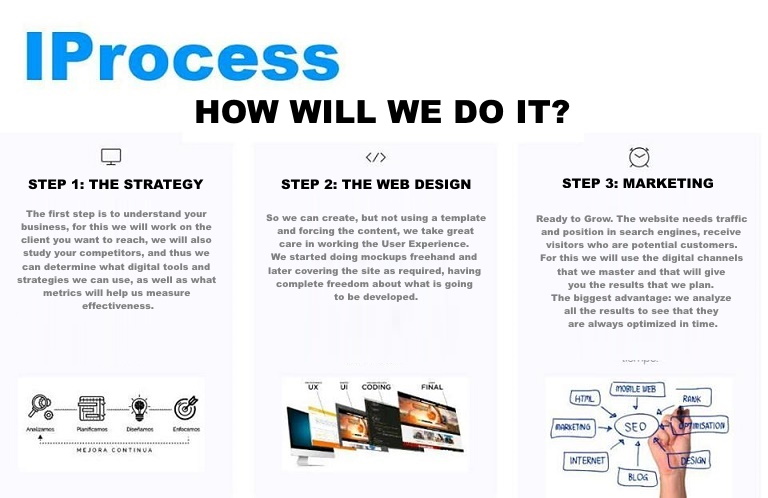WEB IProcess Pyme LITE!
Ideal for small companies that need productive modules, 10 corporate emails, 5 sections, 20 product catalog, 5 SEO campaigns, e-commerce.

 Español
Español
 English
English
Actually, it was 1982 and this is how Blade Runner, Ridley Scott`s mythical film, imagined what this month of this year in California would be like.
It seemed like a distant day, but 37 years after the film`s release, the date the film dreamed of has arrived.
But how accurate were your predictions about how technology would play a bigger role in our lives by this time?
In BBC Mundo we tell you 5 things in which the film was right (or almost); others in which it was far behind and some that are yet to come.
1. Robots are much smarter
Set in November 2019, the film follows Rick Deckard, whose job as "blade runner" is to hunt down and kill bioengineered androids, known as replicants.
The latter, called Nexus 6, are described as "virtually identical to a human" and "at least equal in intelligence."
When a group comes to Earth to try to extend their lifespan of four years, Deckard is summoned to eliminate them.
Today`s robots don`t look as realistic as Zhora, Pris, Roy, and Leon.
Even when they take human form, like Sophia from Hanson Robotics, they are far from those beings who could even feel their "tears in the rain" lose.
However, artificial intelligence is changing the way we understand robotics.
This week, for example, Google`s sister company DeepMind announced that it had created the first "agents" to reach the top league for Starcraft 2, one of the most popular esports video games in the world.
2. Video calls are part of everyday life
Deckard`s video call to the replicant Rachael is an example of how current technology has overtaken what is shown in the film.
Video calling actually began in the 1920s, when the head of the telecommunications giant AT&T spoke to former US President Herbert Hoover using a television signal and a phone line.
But it wasn`t until Skype was launched in 2003 that it started to become common.
Today, video calls are made in various ways, including FaceTime from Apple, Duo from Google, and WhatsApp from Facebook; all capable of delivering a higher resolution image to smartphones than the bulky cabin could show on film.
And unlike Blade Runner, it doesn`t cost $ 1.25 ($ 4.30 today) to make a call.
3. Homes are also getting smarter
Virtual assistants have an important role in the movie.
When Deckard returns home, the elevator asks for his "voice print ID."
"Deckard 97," he replies, while dialing the same numbers on a keyboard.
"Thank you," responds a female voice.
Currently, Amazon`s Alexa and the Google Assistant can identify us by our voice patterns and adapt their behavior accordingly.
Moving on to security, Deckard uses a smart key to unlock his front door.
Norwegian Tor Sørnes invented the first recordable registration card door lock in the 1970s.
Today, these cards are used by hotels around the world.
But the next smart locks will likely require a signal from your cell phone or a biometric scan to control entry.
4. Lie detectors are still used
The core of the film`s plot is the Voight-Kampff machine, which blade runners use to distinguish humans from robots, using questions designed to elicit an emotional response.
It is an elaborate machine that measures bodily functions, such as the contractions of the iris of the eye.
While it looks very different from the early polygraph machines, lie detectors have become sophisticated and are still used in many countries around the world.
However, its reliability has been questioned: a lie detector test is not admissible in the UK as evidence, for example.
Currently, the American company Converus uses iris technology similar to that proposed in the film to detect lies.
5. The planet is changing
The dim lights and dark skies portray the film`s 2019 Los Angeles as a city that has been damaged by industrial pollution, forcing many to flee.
"There is no shortage of housing around here. There is enough space for everyone," says genetic designer JF Sebastian to the replicant.
In real life, the population of Los Angeles is over 4 million people and the city is getting more and more crowded.
However, it is not alien to pollution and how it contributes to climate change.
Fears of this serious environmental problem have led California to lead the fight in the United States: For decades, the state has imposed regulations far more severe than the rest of the country to reduce greenhouse gas emissions and control air quality .
Publication Date: 2019-11-12
Source: BBC News
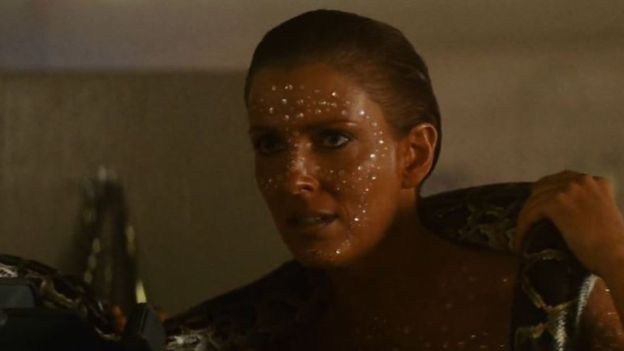
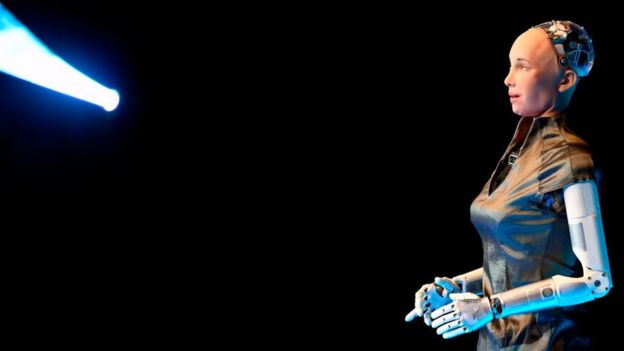
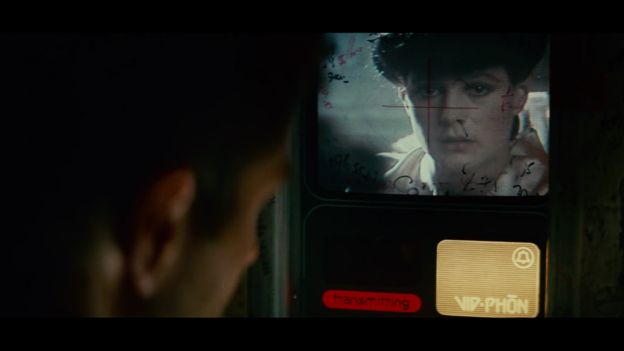
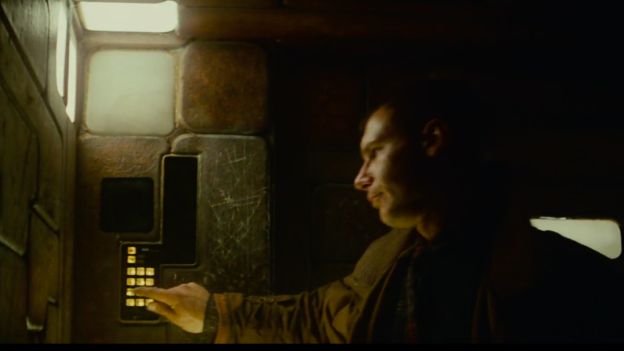
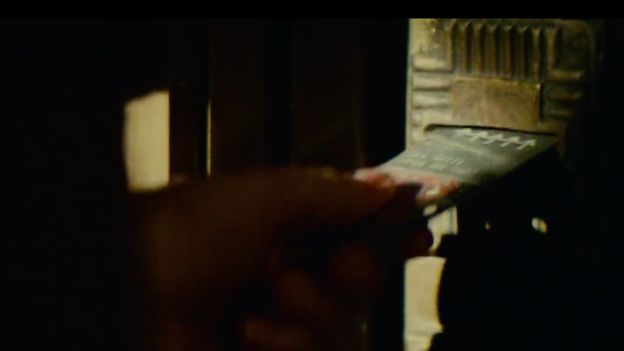
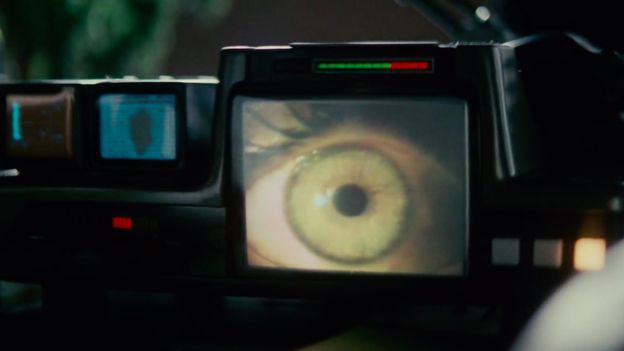
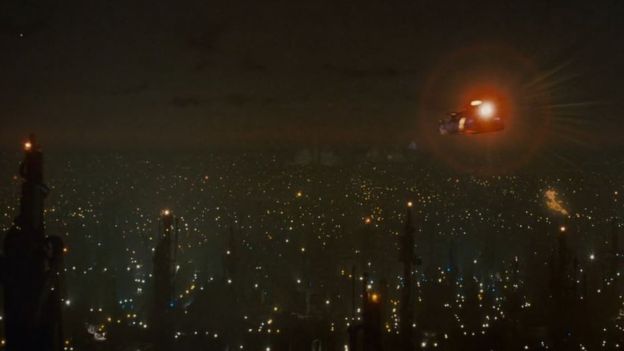
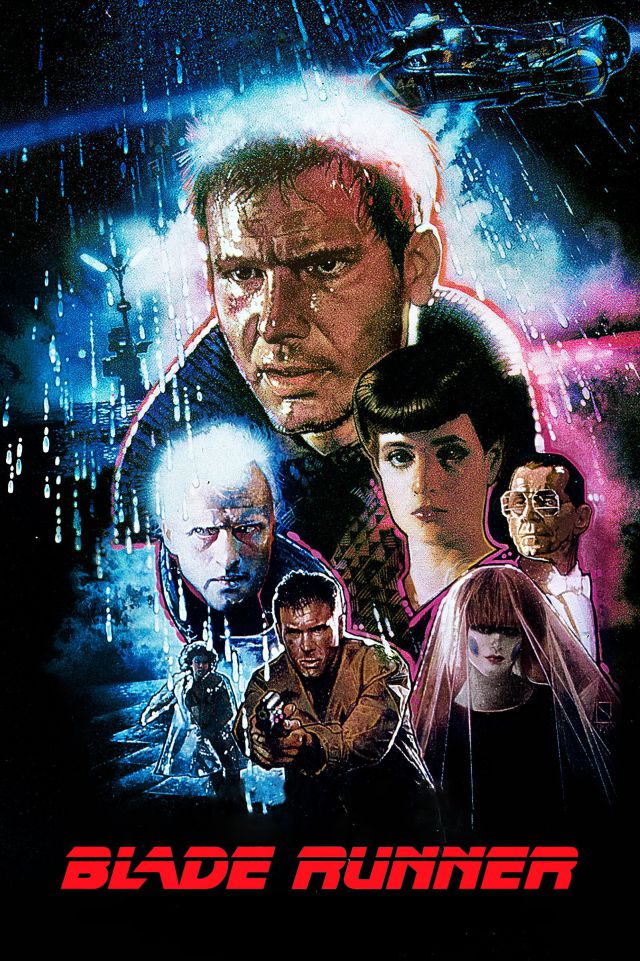

Ideal for small companies that need productive modules, 10 corporate emails, 5 sections, 20 product catalog, 5 SEO campaigns, e-commerce.

Ideal to start your presence on the internet, catalog of 5 products, updating documents, hosting, corporate emails and more!

Ideal for small companies that need productive modules, 10 corporate emails, 5 sections, 20 product catalog, 5 SEO campaigns, e-commerce.

Ideal to start your presence on the internet, catalog of 5 products, updating documents, hosting, corporate emails and more!
